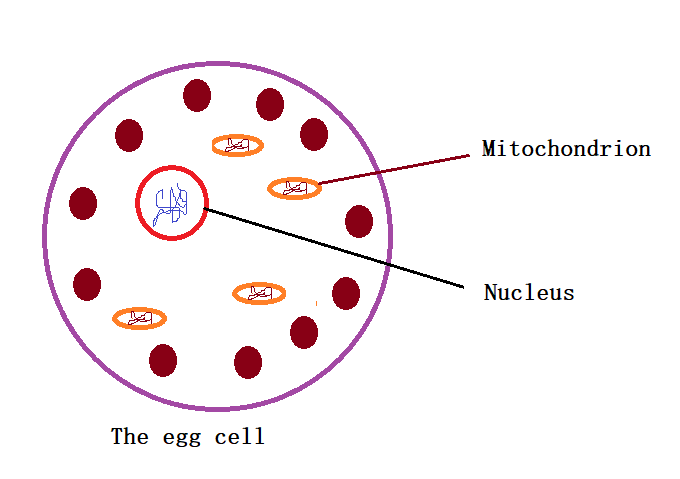We have seen Mitochondrial DNA (mtDNA) as a valuable tracer to follow maternal ancestry. To take a step back: the majority of human DNAs reside inside the cell nucleus, and a few are inside another structure inside the cell, the mitochondrion. During reproduction (fusion of egg and sperm), nuclear DNA undergoes recombination with material from both parents participating, whereas mtDNA we possess entirely comes from the mother’s ovum. It happens due to the faster degradation of mitochondria from the sperm during fertilisation.

Leigh syndrome
Leigh syndrome is a fatal disorder, and its genes reside in the DNA of the mitochondria. If the mother has the disease, it’s sure to reach the offspring, jeopardising its health. In 2016 John Zhang’s team at the New Hope Fertility Center in New York City found a solution. They ‘swapped’ the mitochondria of the mother with a healthy donor.
The technique was to take a healthy donor egg, remove the (cell) nucleus and replace it with that from the mother. Scientists then fertilised the egg with the father’s sperm and implanted it into the mother’s womb. While the majority of the genetic material is from the mother and father, those from the mitochondria are from the donor, thus making her the ‘third parent’.
World’s first baby born with New “3-parent” Technique: New Scientist
The three-parent baby technique could create babies at risk of severe disease: MIT Technology Review

